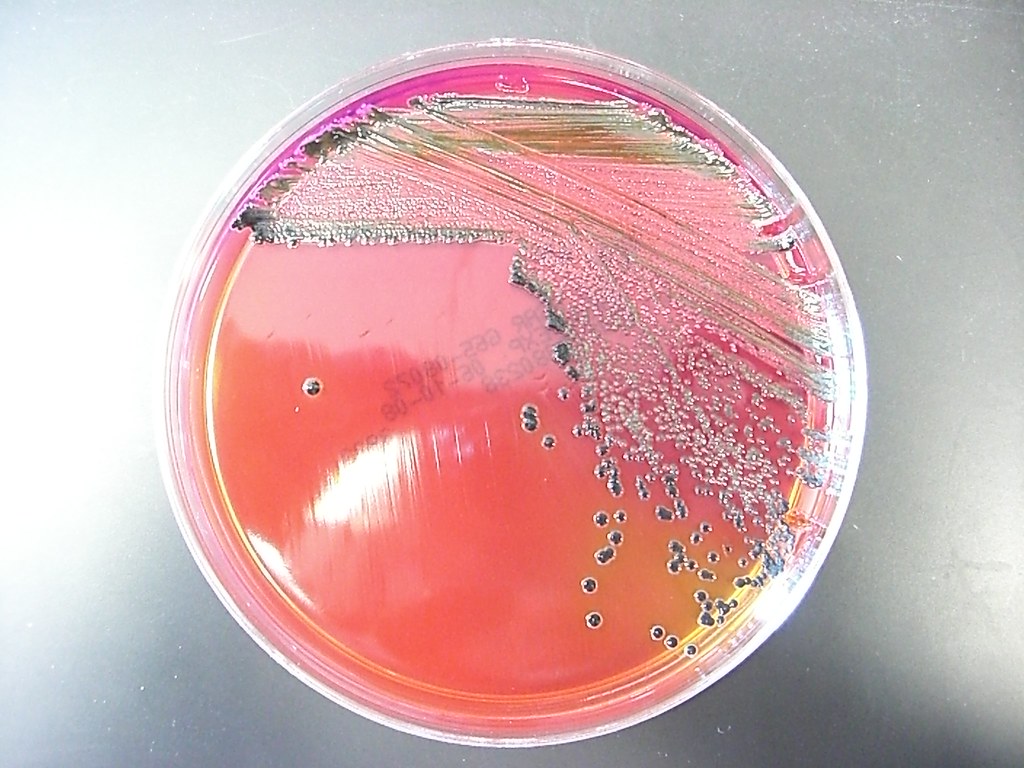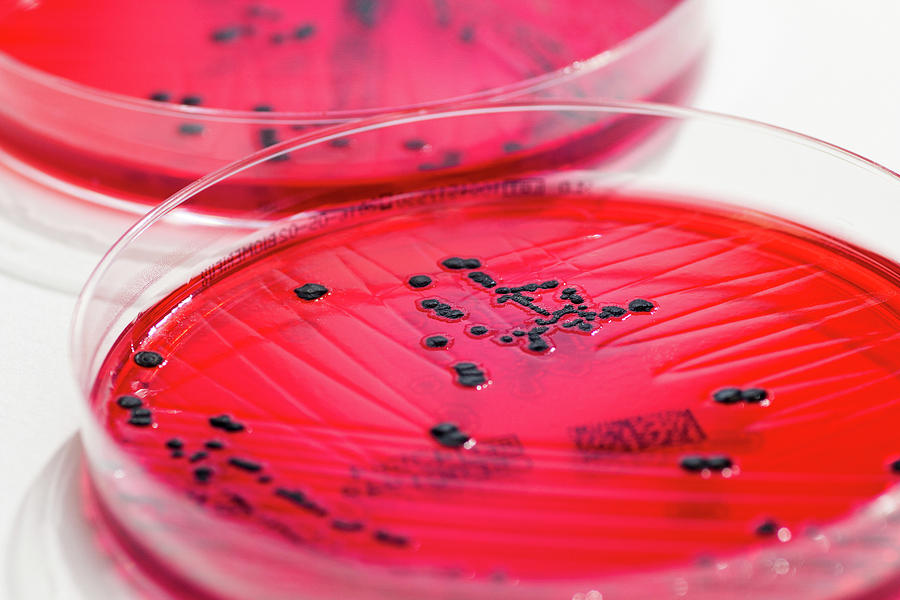

Cultures of specimens grown on selective media should, therefore, be compared with specimens cultured on nonselective media to obtain additional information and help ensure recovery of potential pathogens.

Note: It is advisable not to prepare large volumes, which will require prolonged heating and may produce precipitate. After cooling, pour into sterile Petri plates.Transfer immediately to a water bath at 50☌.Heat with frequent agitation until the medium boils.Suspend 55 grams of dehydrated medium in 1000 ml purified or distilled water.Ingredients per liter of deionized water (Hardy Diagnostics XLD Agar) Compositionįinal pH 7.4 +/- 0.2 at 25 degrees C. Microbiological testing of foods, water and dairy products.It is especially suitable for the isolation of Shigella and Salmonella species.XLD Agar is a selective differential medium for the isolation of Gram-negative enteric pathogens from fecal specimens and other clinical material.

The non pathogenic H2S producers do not decarboxylate lysine therefore, the acid reaction produced by them prevents the blackening of the colonies which takes place only at neutral or alkaline pH. To add to the differentiating ability of the formulation, an H2S indicator system, consisting of sodium thiosulfate and ferric ammonium citrate, is included for the visualization of the hydrogen sulfide produced, resulting in the formation of colonies with black centers. These reactions can proceed simultaneously or successively, and this may cause the pH indicator to exhibit various shades of color or it may change its color from yellow to red on prolonged incubation. Bacteria that decarboxylate lysine to cadaverine can be recognized by the appearance of a red coloration around the colonies due to an increase in pH.

To prevent similar reversion by lysine positive coliforms, lactose and sucrose are added to produce acid in excess. Degradation of xylose, lactose and sucrose to acid causes phenol red indicator to change its color to yellow. After the salmonellae exhaust the supply of xylose, the lysine is attacked via the enzyme lysine decarboxylase, with reversion to an alkaline pH which mimics the Shigella reaction. Lysine is included to enable the Salmonella group to be differentiated from the non pathogens since without lysine, salmonellae rapidly would ferment the xylose and be indistinguishable from non-pathogenic species. Xylose is incorporated into the medium since it is fermented by practically all enterics except for the Shigella and this property enables the differentiation of Shigella species. It utilizes sodium deoxycholate as the selective agent and, therefore, is inhibitory to gram-positive micro-organisms. It contains yeast extract as a source of nutrients and vitamins. XLD Agar is both a selective and differential medium. The results obtained in a number of clinical evaluations have supported the claim for the relatively high efficiency of XLD Agar in the primary isolation of Shigella and Salmonella. XLD Agar is included in the USP microbial limit test for screening specimens for the presence or absence of Salmonella and is recommended for the testing of foods, dairy products and water. The pathogens are differentiated not only from the non-pathogenic lactose fermenters but also from many non-pathogens which do not ferment lactose or sucrose.Īdditionally, the medium was formulated to increase the frequency of growth of the more fastidious pathogens, which in other formulations have often failed to grow due to the inclusion of excessively toxic inhibitors. Xylose Lysine Deoxycholate (XLD) Agar is a selective medium for the isolation of Salmonella and Shigella spp from clinical specimens and food samples. XLD Agar was originally formulated by Taylor for the isolation and identification of Shigella from stool specimens.


 0 kommentar(er)
0 kommentar(er)
